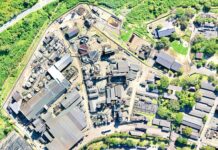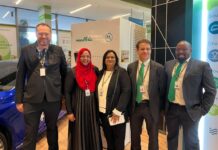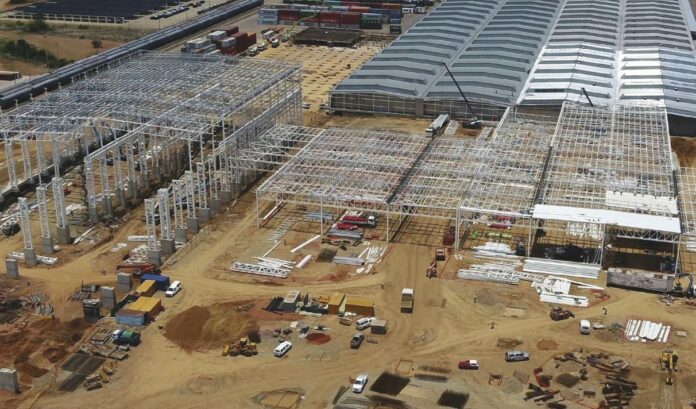
The Gauteng City Region is a big driver of the South African economy, with particular strengths in manufacturing, retail, industrial production, real estate and finance.
Five corridors for concentrated economic growth have been identified and within those areas, Special Economic Zones have either been inaugurated or are to be rolled out. At the same time, there are plans to link these developments with initiatives to revive or boost the economies of townships and to focus in a more general sense on 10 high-growth sectors.
Gauteng has enthusiastically embraced the idea of SEZs as drivers of growth.
As defined by the National Department of Trade, Industry and Competition (dtic), Special Economic Zones (SEZs) are geographically designated areas of a country set aside for specifically targeted economic activities, supported through special arrangements (that may include laws) and systems that are often different from those that apply in the rest of the country.
South Africa’s Industrial Policy Action Plan¹, IPAP, identifies SEZs as key contributors to economic development. They are growth engines towards government’s strategic objectives of industrialisation, regional development and employment creation. The purpose of the SEZ programme is to:
-
- expand the strategic industrialisation focus to cover diverse regional development needs and context;
- provide a clear, predictable and systemic planning framework for the development of a wider array of SEZs to support industrial policy objectives like the IPAP and National Development Plan (NDP);
- clarify and strengthen governance arrangements;
- expand the range and quality of support measure beyond provision of infrastructure;
- and provide a framework for a predictable financing framework to enable long-term planning.
The same principles apply to various Industrial Parks which are either being built or revived.
Apart from attracting foreign direct investment (FDI) and boosting employment, SEZs can be instrumental in adding new sectors or subsectors to an economy. An obvious candidate in that category is renewable energy which needs manufactured components such as solar panels and towers for wind turbines.
Incentives include tax breaks from the South African Revenue Service, subsidised interest rates from the Industrial Development Corporation (IDC), subsidies for employees earning below a certain level, training grants from the dtic and discounts from national electricity utility Eskom. The SEZ is also a customs-controlled area. The SEZs are located in a municipality and for the SEZ programme to succeed, municipalities must be part of the planning, design and implementation of these spatial development catalysts. The local government sector is, therefore, an important stakeholder in the drive to build sustainable and successful SEZs.
The NDP is a broad-strokes plan that seeks to coordinate development in a range of sectors and promotes ambitious infrastructural projects. South Africa’s most recent IPAP has a manufacturing focus, and this is also the area on which SEZ are concentrating.
Gauteng has enthusiastically embraced the idea of SEZs as drivers of growth.
Growing Gauteng Together 2030², or GGT2030, is the blueprint for the recovery of provincial economy. The programme supporting SEZs falls squarely within that broader framework and is being implemented by the Gauteng Growth and Development Agency (GGDA).
At the core of the GGT2030 is ensuring that economic interventions are implemented to modernise and industrialise high-growth sectors in Gauteng. The SEZ programme is part of the GGT2030 economic development strategy. The plan aims to facilitate foreign and domestic investors to expand economic infrastructure development throughout the greater Gauteng community nodal zones located in the five economic corridors of the province.
Operational SEZs
Tshwane SEZ
Tshwane Automotive SEZ (TASEZ) was initiated by the Ford Motor Company to help expand its automotive footprint in South Africa through the attraction of its global suppliers into the country. This ambition was further enhanced by the Gauteng government’s plan of developing a new Automotive City in Tshwane, and aligns with the SA Automotive Masterplan 2035, which sets targets to increase localisation.
TASEZ is the outcome of partnerships between the dtic, the Gauteng Provincial Government, the City of Tshwane and the Ford Motor Company of Southern Africa. The Automotive Industry Development Centre (AIDC), a subsidiary company of the GGDA, has been tasked to deliver TASEZ on behalf of the Gauteng Provincial Government.
As of December 2022, 10 automotive component manufacturing companies that have been set up at TASEZ were in full production. More than 4 618 temporary construction jobs had been created while Phase One will add 2 088 permanent skilled jobs.
OR Tambo SEZ
The OR Tambo International Airport (ORTIA) IDZ officially opened in March 2019. It aims to develop land around the airport to stimulate economic development. ORTIA supports the beneficiation of precious metals and minerals sector, with a focus on light, high-margin, export-oriented manufacturing of South African precious and semi-precious metals. The multi-site development at ORTIA consists of several industry-specific precincts and will be developed in phases.
Jewellery manufacturing companies are locating to the ORTIA IDZ, contributing to a sustainable and diversified mining-beneficiation value chain. OR Tambo International is responsible for 84% of all air-cargo traffic in ACSA’s network, giving the IDZ a competitive boost through its proximity to the airport. The Jewellery Manufacturing Precinct is located in ORTIA Precinct 1. Each precinct has been designed to foster cohesion supporting circular and sustainable development practices. De Beers has chosen to locate its relocated operations adjacent to the IDZ.
Other sectors being encouraged to set up at the IDZ include diamond beneficiation, agro-processing, pharmaceuticals, advanced manufacturing and capital equipment. Logistics remains a key sector and anchor tenants are being asked to consider expanding their portfolio of investments.
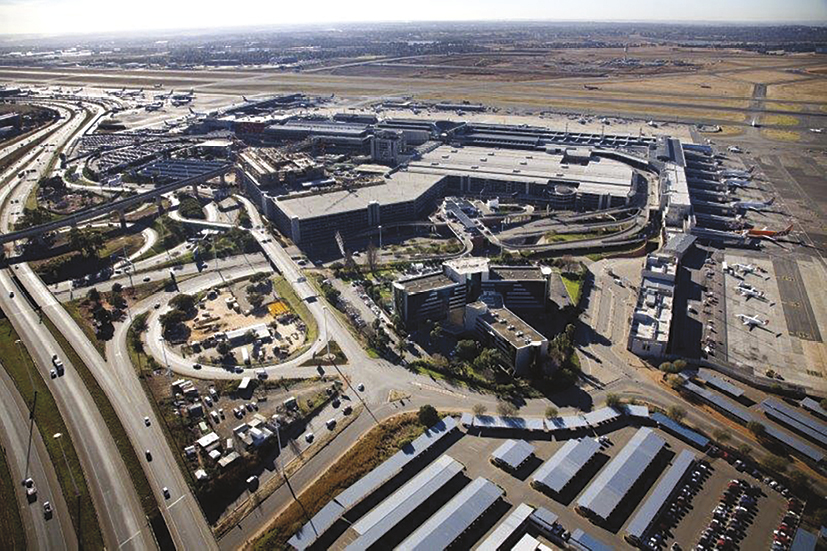
Coming on stream
Vaal SEZ
The Vaal SEZ Master Plan has been completed and the SEZ designation application to the dtic has been finalised.
Green-energy generation is one of the most important sectors that will be focused on within the Vaal SEZ, which will act as a catalyst to boost economic growth in the Vaal region. Other sectors of interest include green hydrogen, green steel, greenhouse farming and agro-processing, aerospace and defence parts and component manufacturing and gateway logistics.
All four local municipalities in Sedibeng District Municipality have made land available for this SEZ and local investors made several commitments at the Sedibeng Investment Conference for a project which is anticipated will significantly boost the Vaal regional economy through multi-site, multi-sector projects throughout the region.
Excellent infrastructure, closeness to markets and close links to several tertiary institutions give the Vaal SEZ a competitive edge.
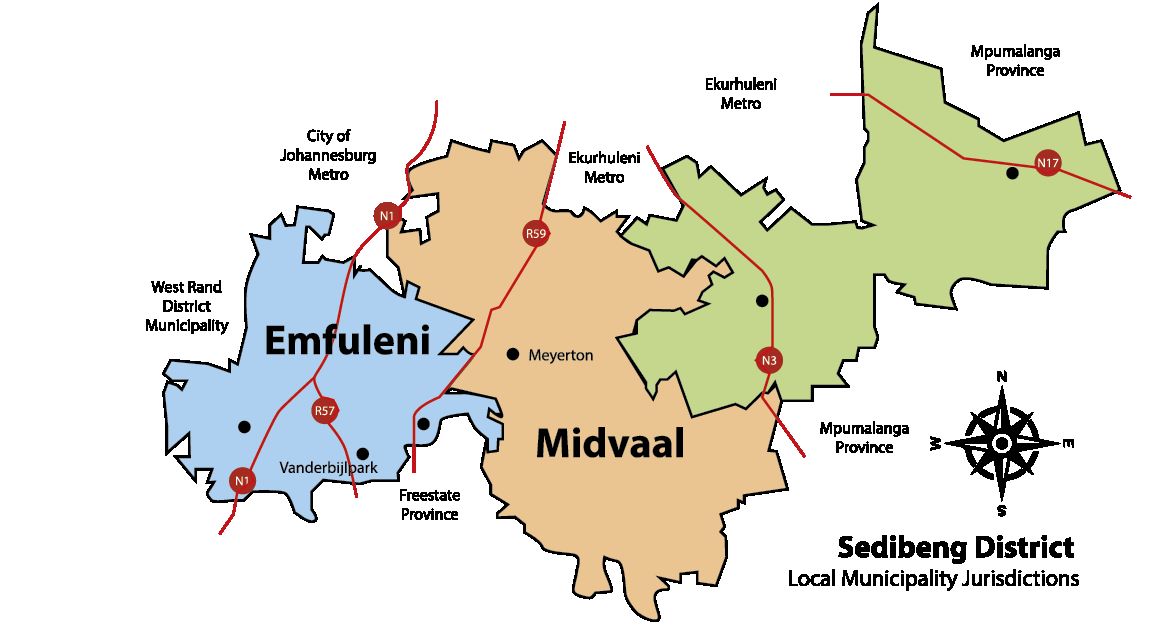
Planning phase
The following SEZs are in the planning process, which includes preparation of the paperwork to apply for designations to the dtic. The timeframe for these projects is two to three years.
West Rand SEZ
With many of the mines that underpinned the West Rand’s economy for so long reaching the end of their lives, alternatives are needed. The provincial government and mining houses are working on various options for closed mines, but the West Rand SEZ is being designed to promote investment in new fields. These include urban agriculture, green hydrogen and solar power.
At the same time, the Busmark manufacturing plant in Randfontein remains a pillar of that sector and it could be a central tenant of such an SEZ.
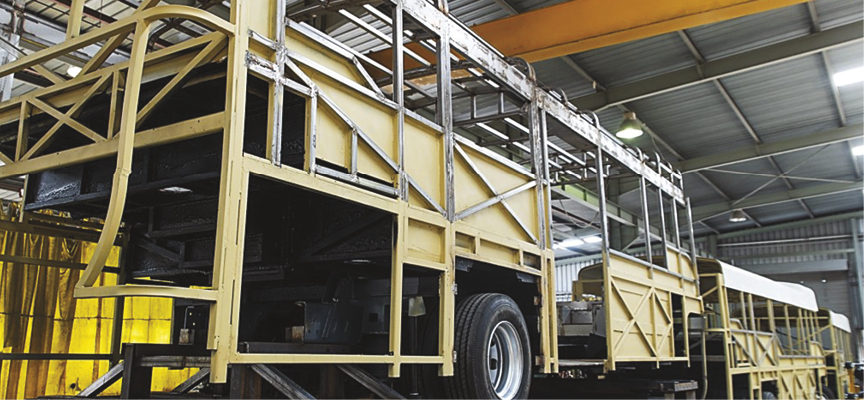
High Tech SEZ
The High Tech SEZ is part of the broader Lanseria Smart City project. President Cyril Ramaphosa has referred to the proposed Lanseria Smart City project as South Africa’s first post-apartheid city. It is envisaged as a hub for the digital technology and services corridor, which in turn is to be anchored by the new High Tech SEZ.
¹ https://www.gov.za/sites/default/files/gcis_document/201805/industrial-policy-action-plan.pdf
² https://cmbinary.gauteng.gov.za/



